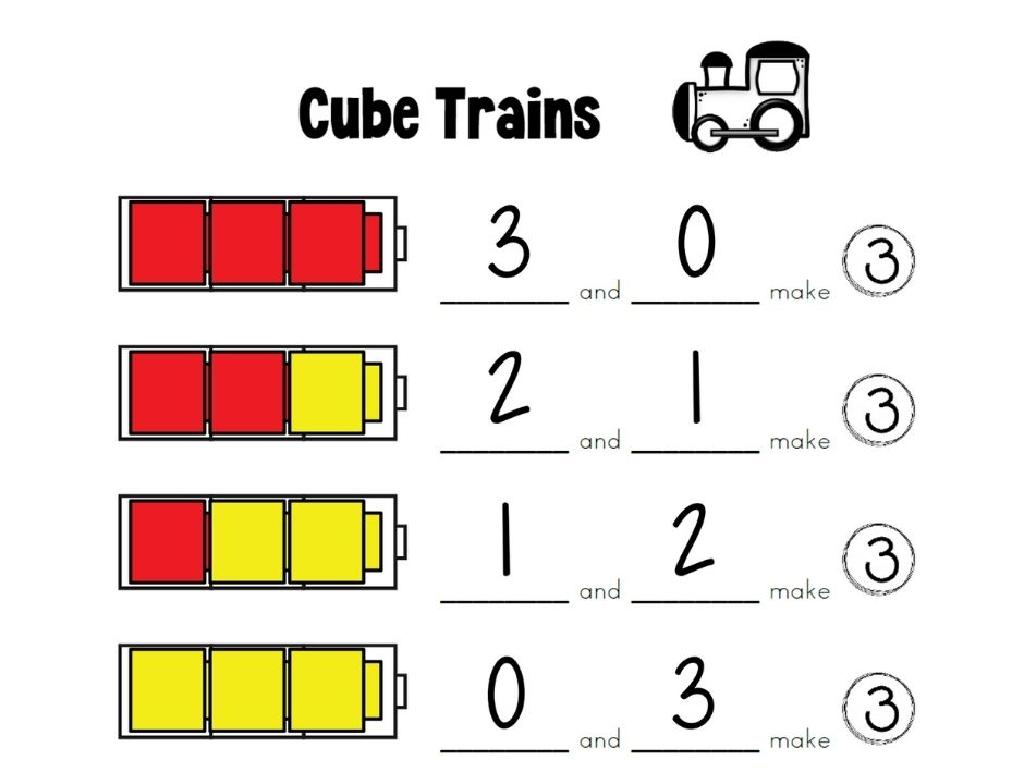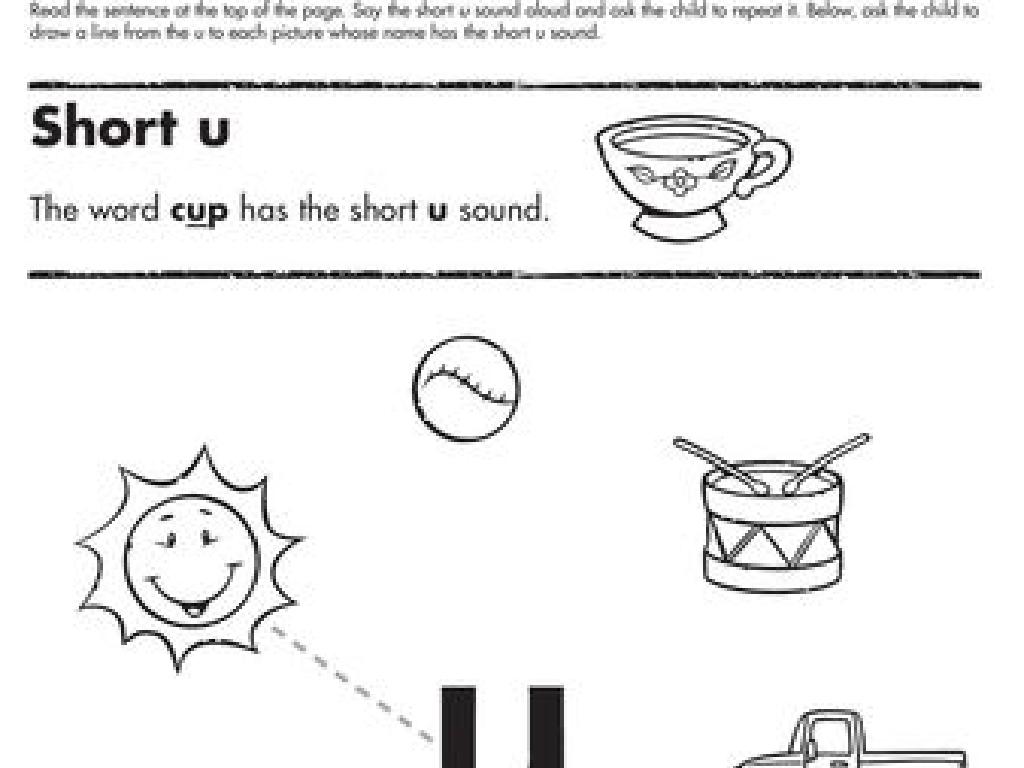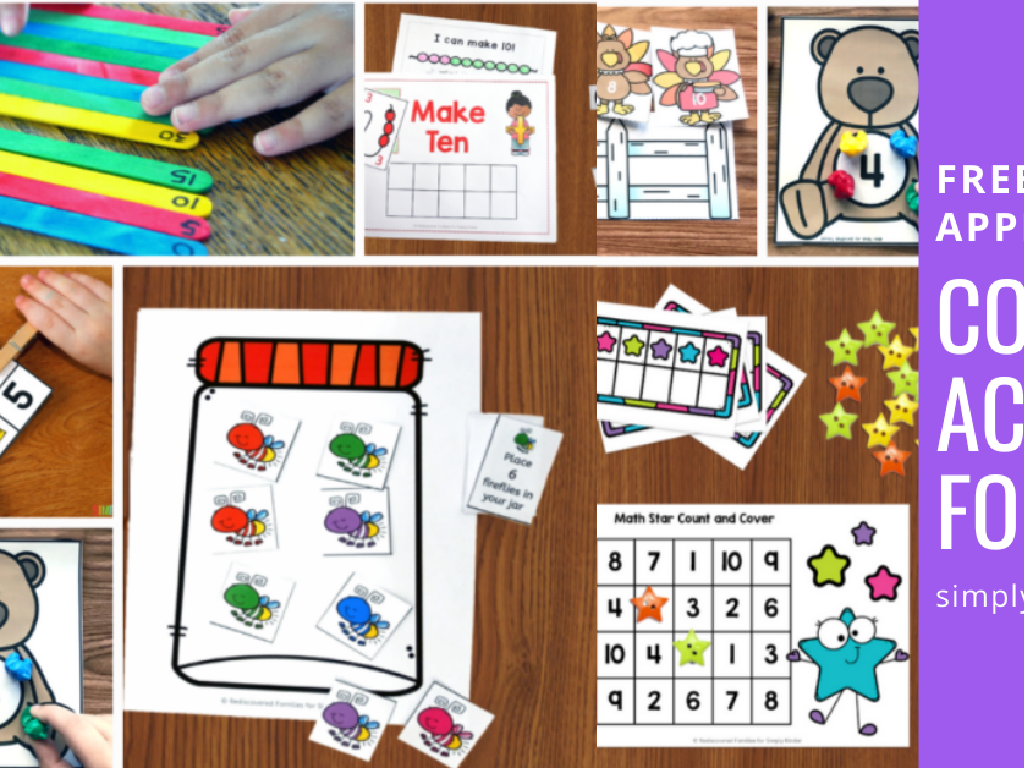Choose Numbers With A Particular Product
Subject: Math
Grade: Fifth grade
Topic: Multiplication
Please LOG IN to download the presentation. Access is available to registered users only.
View More Content
Multiplication Adventure: Specific Products
– What does ‘product’ mean?
– ‘Product’ is the result of multiplying two numbers.
– Multiplication as a math superpower
– It lets us combine equal groups quickly.
– Finding numbers for a product
– Choose two numbers that multiply to a target number.
– Practice with product puzzles
– Solve problems where you find factors of given products.
|
This slide introduces the concept of multiplication as a means to find the product, which is the result of multiplying two numbers together. Emphasize that multiplication is like a superpower because it allows us to add equal groups of numbers quickly and efficiently. The goal for today’s lesson is to help students understand how to find two numbers that, when multiplied together, will result in a specific product. This is a key skill in problem-solving and understanding the properties of numbers. Encourage students to think of multiplication as a puzzle where they need to find the missing pieces (factors) that result in the given product. Provide several examples and practice problems where students can apply this concept.
Understanding Products in Multiplication
– What is a product?
– The result of multiplying numbers together
– Example of finding a product
– For instance, 4 x 5 gives us 20 as the product
– Any numbers can be multiplied
– Products are everywhere in math
– Products are used in various math problems
|
This slide introduces the concept of a product in multiplication. Begin by defining the term ‘product’ as the result of multiplying numbers together. Use simple examples, like 4 times 5 equals 20, to illustrate the concept. Emphasize that products can be found for any set of numbers, not just single digits. Highlight the ubiquity of products in math, showing that understanding how to find products is essential for solving a wide range of mathematical problems. Encourage students to think of multiplication as not just a rote process, but as a way to combine quantities to find a total amount, which is the product.
Multiplication as Groups
– Multiplication as group creation
– 4 x 5 represents 4 groups of 5
– Imagine 4 baskets with 5 apples each
– Visual examples aid understanding
– Use items like blocks or drawings to show groups
– Practice with different numbers
– Try creating groups with your own set of numbers
|
This slide introduces the concept of multiplication as a means of creating equal groups. It’s crucial for students to visualize multiplication to understand it concretely. By imagining 4 groups of 5 objects, they can see that multiplication is just adding the same number multiple times. Visual examples, such as baskets of apples, help solidify this concept. Encourage students to draw or use physical objects to create groups representing different multiplication problems. In the next class, we’ll practice this concept with various numbers to ensure students can apply this understanding to any multiplication scenario.
Multiplication Treasure Hunt: Finding Number Pairs
– Multiple pairs for the same product
– Example pairs that equal 20
– 2 x 10 and 4 x 5 both give us 20
– Discovering all pairs for a product
– It’s like uncovering hidden treasures!
– Multiplication as a treasure hunt
|
This slide introduces the concept that different pairs of numbers can multiply to give the same product, which is a fundamental aspect of multiplication. Use the example provided (2 x 10 and 4 x 5 both equal 20) to show students how multiplication is commutative, meaning the order of numbers doesn’t change the product. Encourage students to think of finding all possible pairs as a fun exploration or a treasure hunt, which makes the learning process engaging. Instruct them to list all pairs they can find for a given product and share their findings with the class. This activity will help solidify their understanding of multiplication and factors.
Factors and Products: Understanding Multiplication
– Factors: numbers multiplied together
– Product: result of multiplying factors
– Factor trees: find a number’s factors
– A diagram breaking down a number into its prime factors
– Example: factor tree for 36
– 36 can be broken down into 2 x 18, then 2 x 9, and finally 3 x 3
|
This slide introduces the concept of factors and products, which are foundational for understanding multiplication. Factors are the numbers we multiply, and the product is the result of this multiplication. Introduce the factor tree as a visual tool to help students determine all the factors of a number, breaking it down step by step until they reach the prime factors. Use the number 36 as a class activity to create a factor tree together. This will help students visually see how 36 can be divided into smaller factors, reinforcing their understanding of multiplication and division as inverse operations. Encourage students to practice with different numbers as homework.
Activity Time: Product Detective
– Mission: Find pairs for product 24
– Work in pairs for combinations
– Use multiplication tables
– Recall your times tables to find factors of 24
– Explore factor trees or grouping
– Draw factor trees or use grouping to see how numbers combine to make 24
|
This activity encourages collaborative problem-solving and reinforces the concept of multiplication and factors. Students will work together to find all pairs of numbers that multiply to give a product of 24. Provide guidance on using multiplication tables to recall products quickly. Introduce factor trees and grouping as methods to break down numbers into their factors. This hands-on activity not only solidifies their understanding of multiplication but also enhances their ability to work as a team. Possible combinations include (1,24), (2,12), (3,8), (4,6). Encourage students to check their work by multiplying the factors to verify they get 24. This will also serve as a good practice for their multiplication skills.
Sharing Our Multiplication Discoveries
– Present your number pairs
– Discuss unique combinations
– Were there any combinations that surprised you?
– Recognize varying pair amounts
– Some products have multiple factor pairs, while others have fewer.
– Reflect on the activity
– Think about what you learned from this exercise.
|
In this activity, students will engage with their peers by sharing the pairs of numbers they’ve found that multiply to a given product. Encourage them to explain their thought process and how they arrived at their answers. Highlight the importance of understanding that some numbers, like prime numbers, have fewer pairs, while composite numbers have more. This will help them grasp the concept of factors and prime factorization. Ask students to discuss any unusual or unexpected number pairs they discovered, fostering a deeper understanding of multiplication. Finally, use this opportunity to reflect on the patterns observed and the strategies used to find these pairs, reinforcing their multiplication skills.
Class Activity: Multiplication Bingo
– Play Bingo with multiplication
– Listen for number pairs
– When a number pair is called, multiply them
– Mark products on your card
– If the product is on your Bingo card, place a marker
– Five in a row wins a prize!
|
This interactive class activity is designed to help students practice multiplication in a fun and engaging way. Provide each student with a Bingo card that has products of multiplication problems. Call out random number pairs, and if students have the resulting product on their card, they should mark it. The first student to get five marked products in a row either horizontally, vertically, or diagonally wins a prize. Possible variations of the activity could include using different multiplication tables, setting a time limit, or playing in small groups. This game encourages quick mental calculation and reinforces the concept of multiplication as repeated addition.
Conclusion & Homework: Mastering Products
– Congratulations on mastering products!
– Homework: Create a factor poster for 48
– Use a poster to display factor pairs
– List all factor pairs for 48
– Factors of 48: (1,48), (2,24), (3,16), (4,12), (6,8)
– Practice is key in multiplication!
|
Great job today, students! You’ve all done an excellent job at understanding how to find numbers that multiply to reach a particular product. For homework, you’re tasked with creating a visual poster that lists all the factor pairs for the number 48. This will help reinforce the concept of multiplication and factors. Remember, each pair of numbers you find should multiply together to make 48. Encourage creativity in their posters and remind them that regular practice is essential for mastering multiplication. In the next class, we can have a gallery walk to see everyone’s posters and discuss the different factor pairs.




